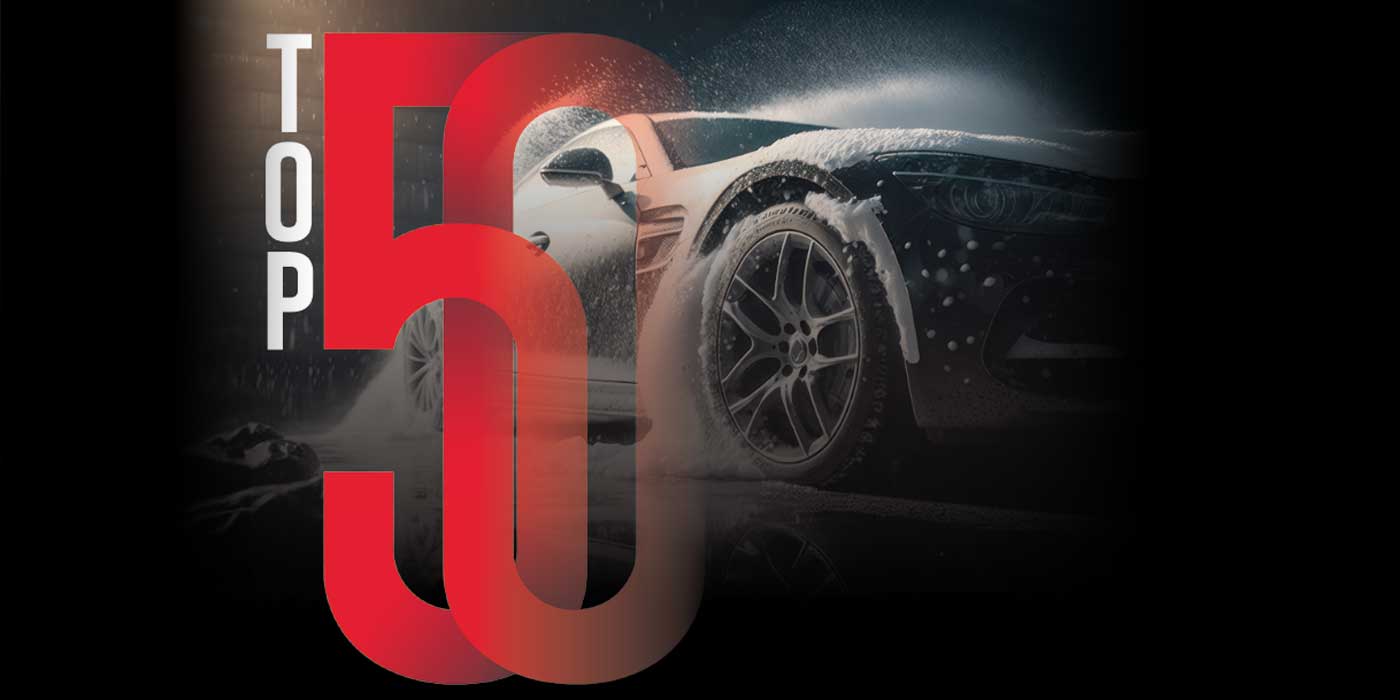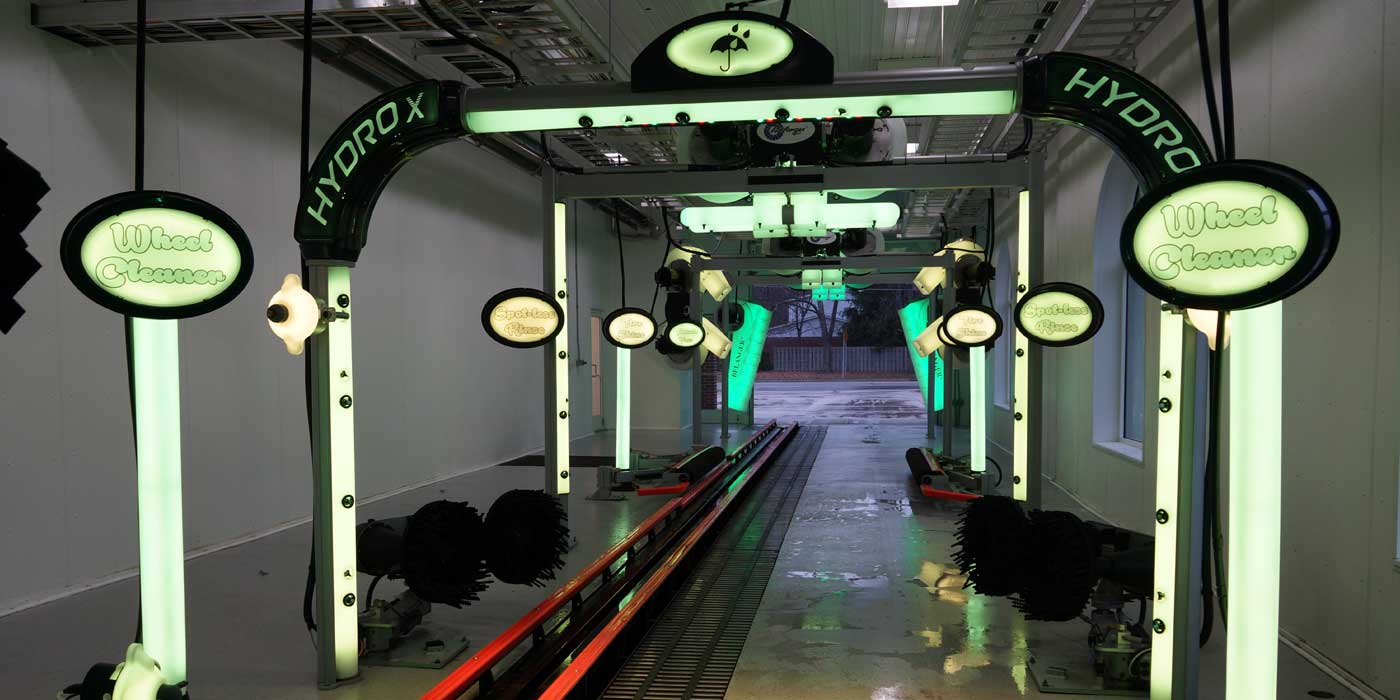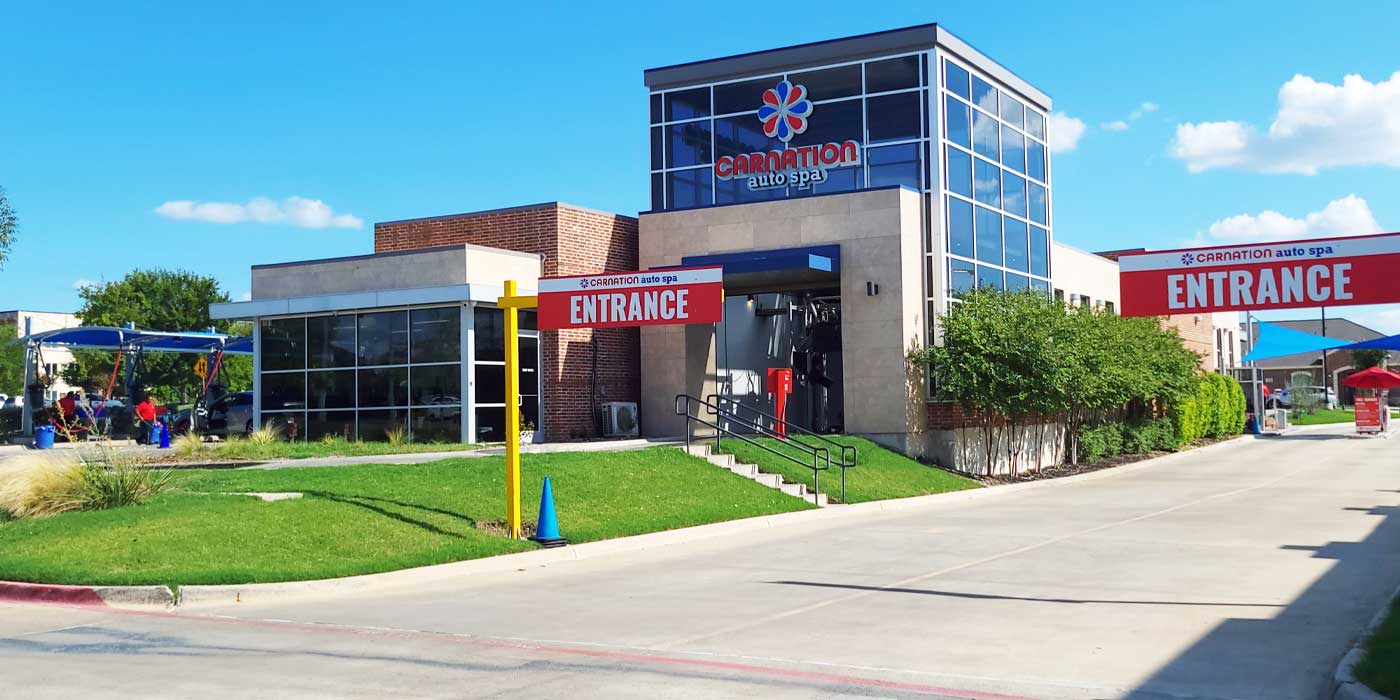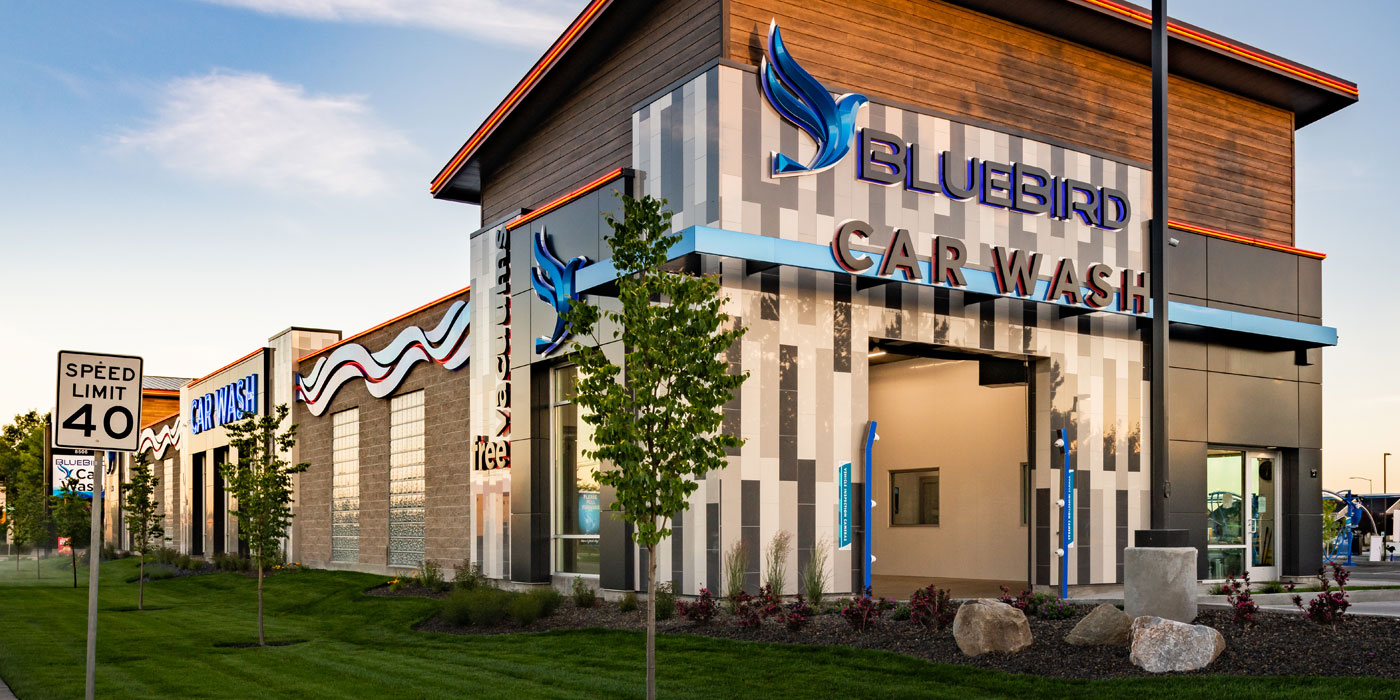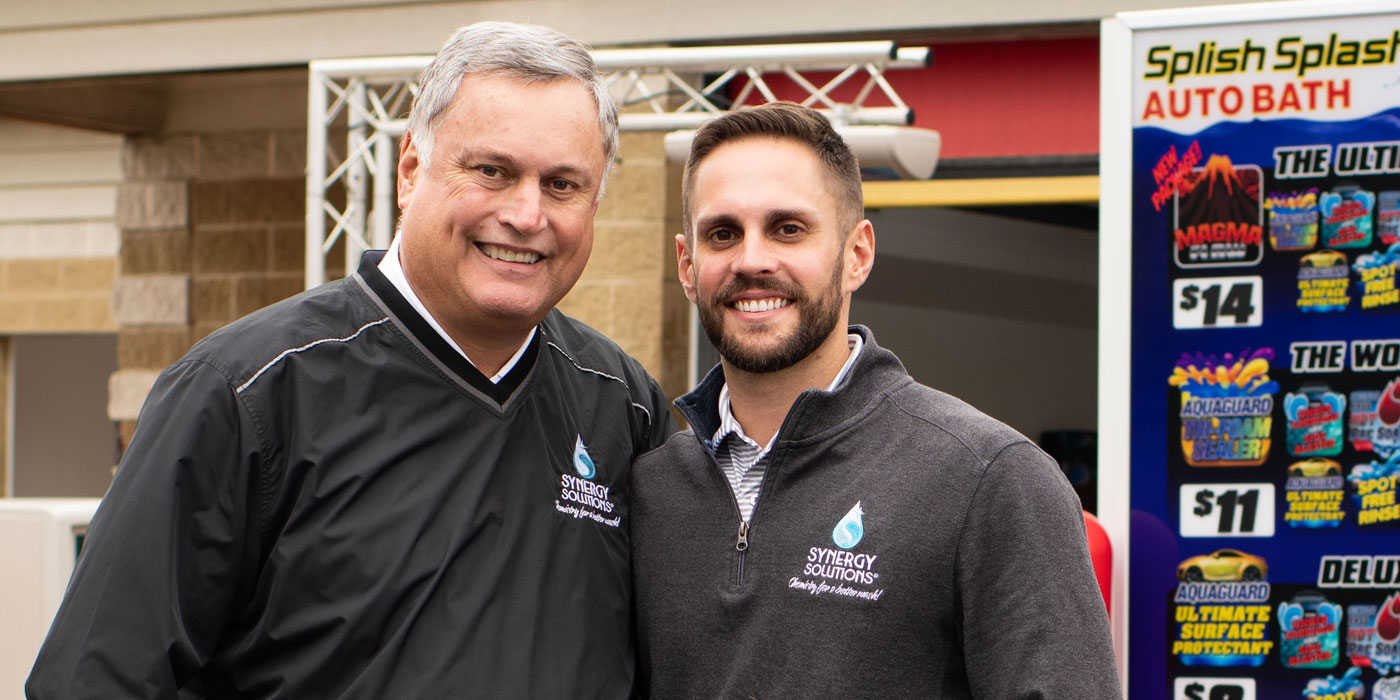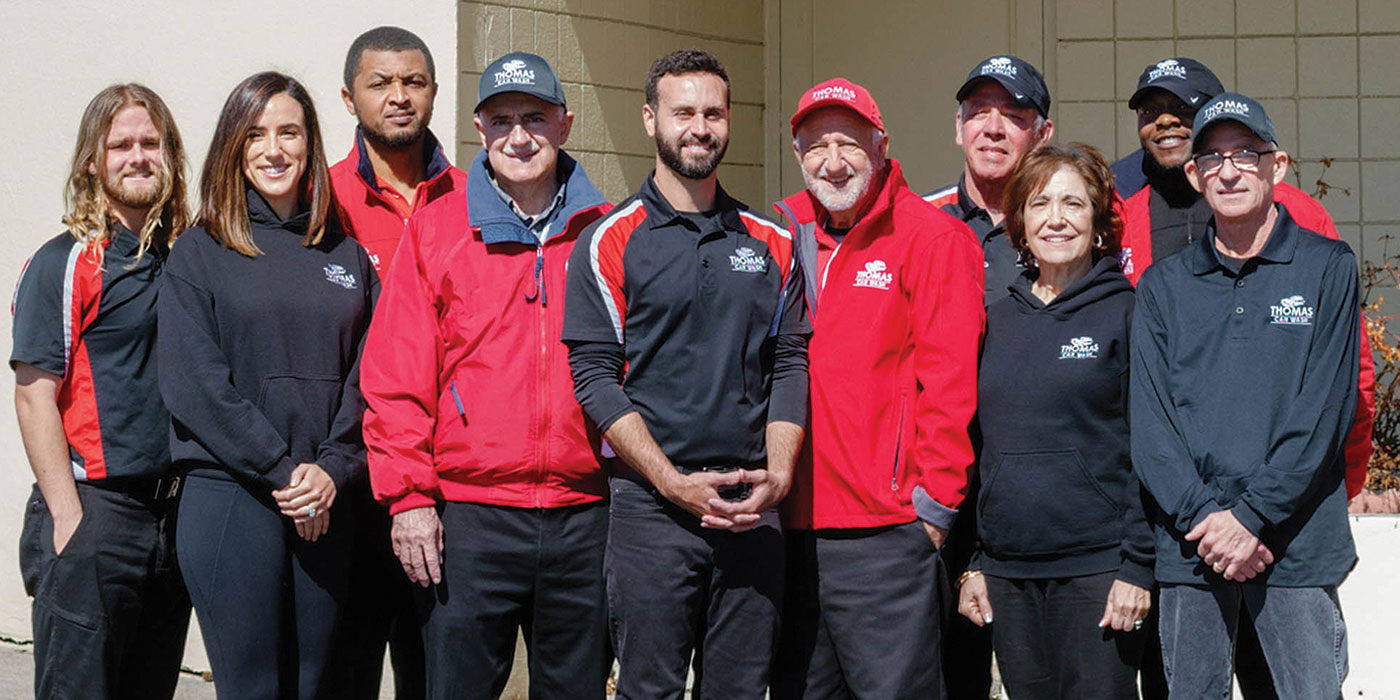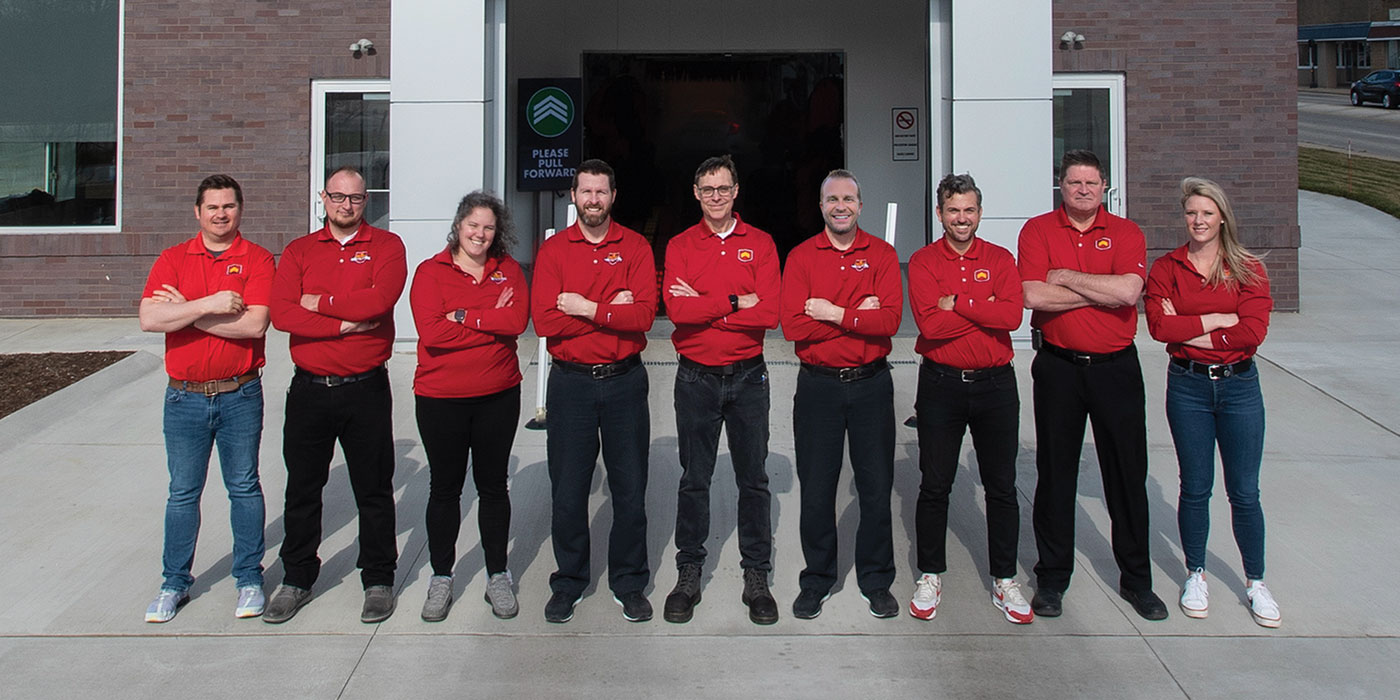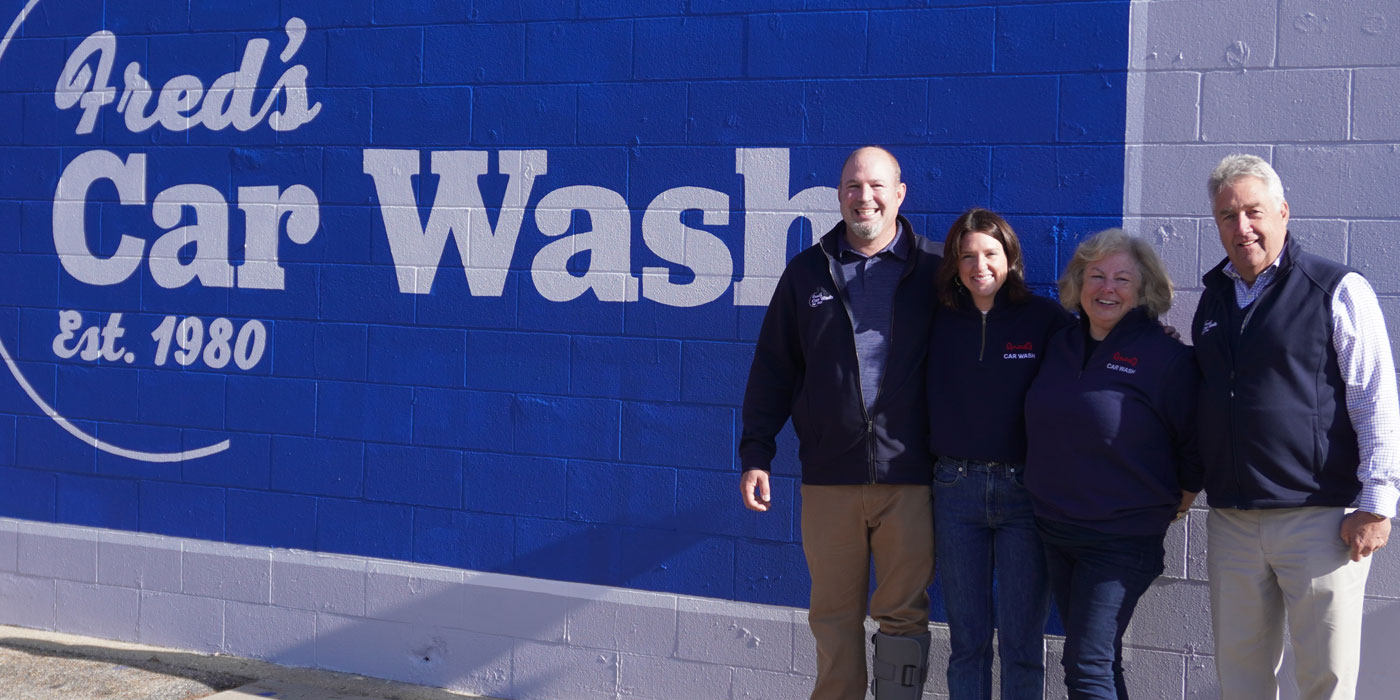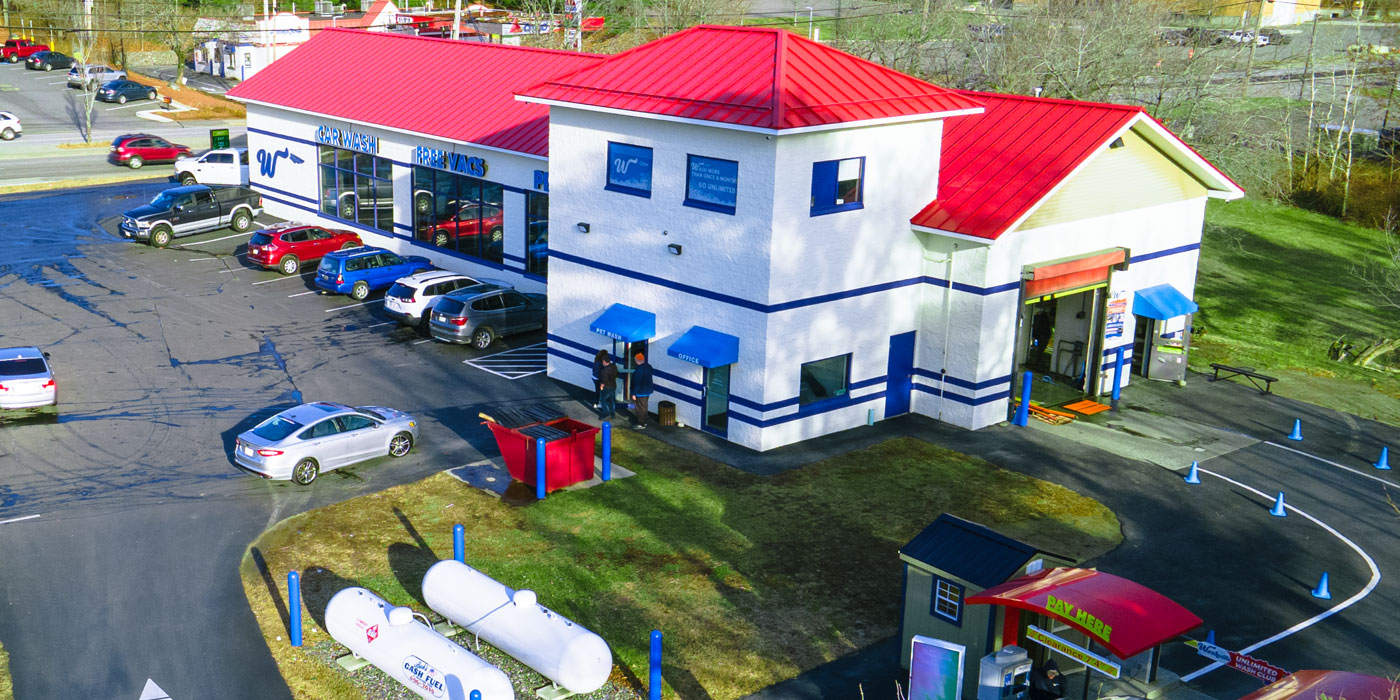The advantages of LED light fixtures have become common knowledge, and more and more businesses are developing an interest in modern lighting upgrades. For carwashes, LED lighting can prove important as the fixtures help increase site safety, highlight wash and detailing results, and drastically reduce energy usage. For these reasons and more, many carwashes are choosing to retrofit existing fixtures or install LED lighting during new construction.
Though the operational advantages have long been touted, cost is an aspect of LED lighting that prevents many car care businesses from updating fixtures. Previously, leveraging the promise of increased efficiency against a somewhat intimidating investment often stalled the purchase process. Now the LED market has matured. Today’s fixtures benefit from performance that is well documented, and new programs and discounts stand ready to soothe possible “sticker shock.”
Why LED?
When switching from metal halide fixtures, operators can save up to 70 percent on lighting costs with LED, says Jason Baright, a lighting designer and the president of G&G LED. As LED lighting consumes a fraction of the energy of traditional lighting sources, upgrading electrical circuits is often unnecessary for retrofit installations.
While saving money and energy, LED fixtures also create a higher quality of light than traditional sources. This means colors pop, clean vehicles look great and bays and tunnels are brighter, more inviting and pleasing to customers, according to Baright.
For these reasons, owners or operators looking to add LED lighting to their sites typically convert their bays and tunnels first, Baright states. Bays and tunnels are the areas where customers spend the most time, and wash areas are also where the majority of electricity is used.
Manufacturer discounts and financing
Charlie Szoradi, chairman and CEO of Independence LED, says that smart buyers should not be shy about investigating discounts given by LED light manufacturers/companies. Frequently, savings are available to potential buyers through:
- Promotions
- Incentives
- Rebates.
Today, some companies offer these discounts as well as financing with no upfront costs, depending on the buyer. Szoradi’s company offers zero costs upfront as well as a percentage discount, and he reminds owners that there is often room for negotiations when making this type of purchase.
Having a reference to ask for zero upfront financing is important as owners and managers are always looking for efficiencies, Szoradi explains. Owners should learn about financing and take advantage of this newest generation of options. Similar to vehicle financing, these plans are almost the equivalent of a lease or financing versus the one-payment purchase of a new vehicle. Even with financing, owners and operators can end up owning the lighting system in the third or fourth year. “For the next decade they’re getting the full benefit of the new lights,” Szoradi says.
Financing example: Based on an example carwash, an LED retrofit can run $10,000, but this is a cost not included in the business’ yearly budget. First, the business can run an assessment of the potential energy savings, according to Szoradi. If it ends up the LED fixtures would save the business $3,600 in a given year, this would provide a three-year payback at around $300 a month. Here, an operator could ask the manufacturing partner for a payment plan that might be only $200 a month. In this example the owner would install new lighting and make $100 each month without any upfront costs.
Total cost of ownership
Another important consideration is the “total cost of ownership” with LED lighting, as the fixtures increase profitability, reduce operating costs and drive net profit. These fixtures save on lighting costs and sometimes include a 10 year/60,000-hour warranty. In the typical nine-to-five work environment, the fixtures will run 20 years, Szoradi says. If a 24-hour wash never turns the lights off, they’ll go for seven straight years.
“Total cost of ownership becomes the benchmark in our industry for value. So it’s not what you pay upfront, it’s the efficiency,” Szoradi states. “If lumens per watt are higher, and you’re getting more light out of something, which means it can run on less electricity, you would be willing to pay a little bit more.”
“I think it’s really fair to ask, from an owner’s standpoint, the manufacturer or the manufacturer representative or sales agent for a total cost of ownership analysis over 10 years,” Szoradi continues. “Tell me what it’s going to cost to buy this equipment, install it and operate it over the next 10 years.”
Exploring multiple options and shopping between companies is a best practice for LED lighting upgrades. Szoradi says owners can go to multiple companies and say, “I’d like to see some choices. Show me the total cost of ownership of each one.”
Utility credits
In most areas, financial incentive programs from utility companies are available to carwash owners who wish to upgrade to DesignLights Consortium (DLC) qualified, energy-efficient LED lighting, Baright notes. These incentives vary by state and utility provider, so the first step is identifying the programs available in a business’ area.
“To qualify for incentives, LED lighting equipment must be listed on the DLC Qualified Product List (QPL). Most programs also require that equipment is UL Listed,” Baright states. Verifying the products an owner is considering are DLC and UL Listed ensures a quality product that is safe to use and will qualify for incentives.
Baright says one of the best research methods available is the DSIRE website — an online database of energy efficiency incentives, listed by state and utility provider. Following these steps is an effective process to determine the lighting incentives available in an area:
- Navigate to the DSIRE website: www.dsireusa.org
- Click the “Search DSIRE” button near the middle of the page
- Under “Select an Eligible Sector:” choose “Commercial/Industrial”
- Select a state/territory
- Under “Select a Technology:” choose “Lighting”
- Click to search.
Carwash owners should be interested in two categories: “State Rebate Program” and “Utility Rebate Program.” Hopefully programs appear underneath one or both of these titles, Baright notes.
Every program is different, so operators will want to complete some research on the specific options at this point, according to Baright. One of the most efficient ways to do this is to navigate to the website’s “Contact” section within the program page and call the administrators directly. A user may also browse the program’s website and download the incentive application forms.
Pat Treadway, VP of product marketing for MaxLite, says there are different rebates a utility may offer. “There [are] prescriptive rebates and operating rebates where the utility may offer so many dollars per kilowatt hour reduction on the energy bill. But others will issue a rebate just out and out based on the purchase. What somebody does, is they’ll get in touch with their local utility.”
One example in California, according to Treadway, is a utility that offers a rebate of 8 cents a kilowatt hour on an LED fixture. Once the fixture is installed and registered with the utility, they’ll rebate back against the net reduction in energy consumption.
Other utilities simply offer a direct rebate for installing the fixture. Owners get in touch with the utility and sign up to receive the rebate upon proof of installation. “So it’s all verified off of what you show in your building plans and what you have signed off on as far as when you get your project permitted,” Treadway notes.
A lighting company or distributor may be another valuable rebate resource. “You may use a company that has a good resource area where you find utility rebates. It will help you find fixtures and rebates offered in your area, based on the utility,” Treadway says.
Often the rebate process will be completed by an electrical contractor. In this instance, the contractor will present a cost that factors in the amount of rebates that can be pulled from the project, Treadway states. The rebates will lower the overall cost of the project, and the contractor will finish the paperwork with the utility to receive the rebates on the backend.


